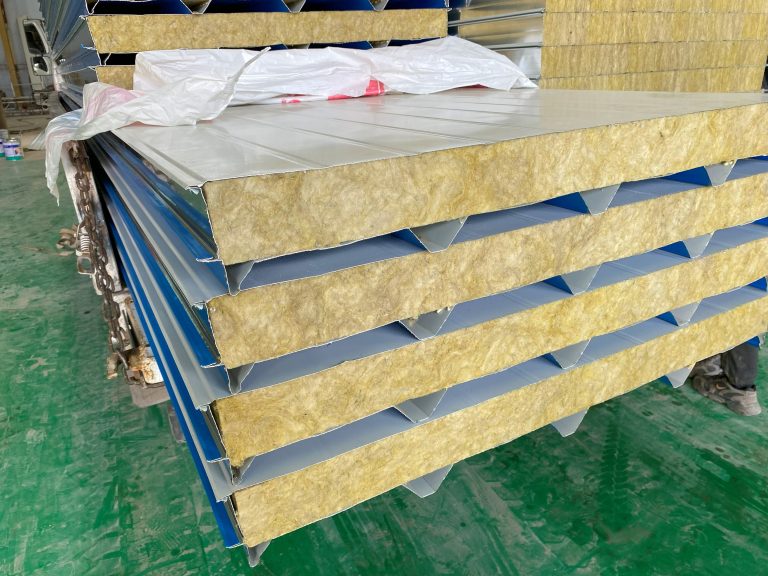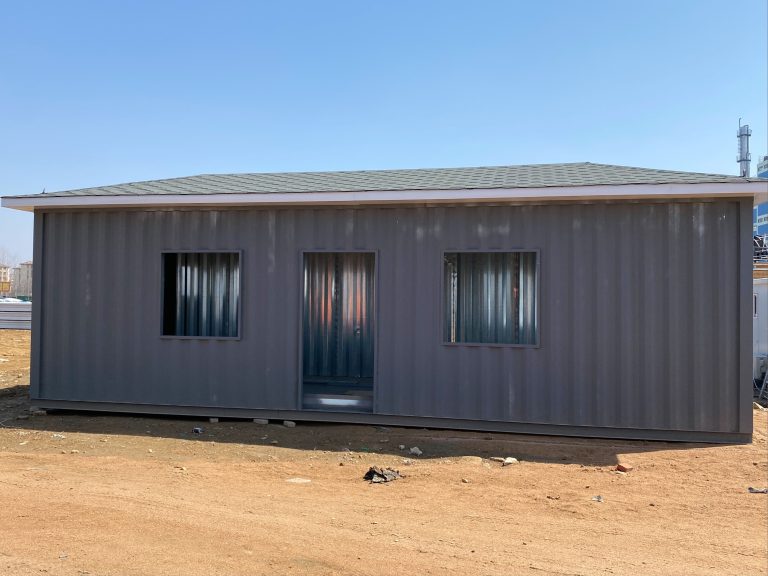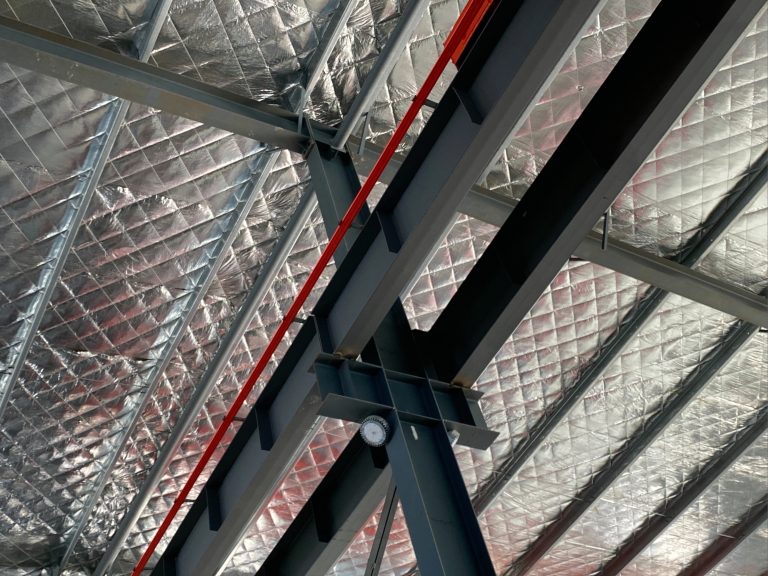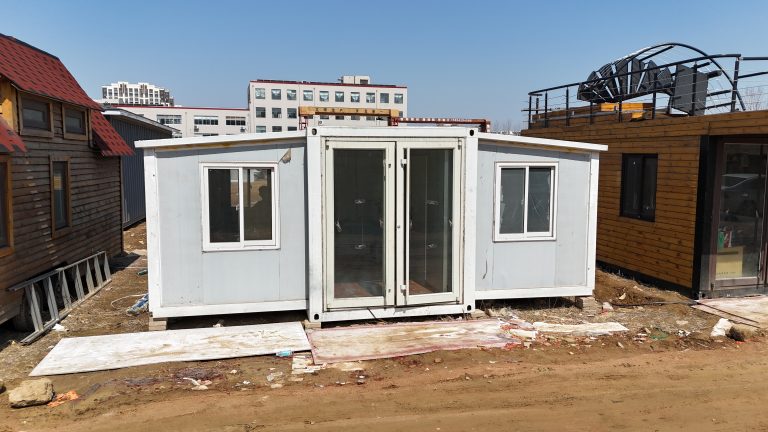Cross-border integration and innovative development mode of steel structure industry
Table of Contents
Benefits of Cross-Border Integration in the Steel Structure Industry
Cross-border integration has become increasingly important in the steel structure industry as companies seek to expand their reach and tap into new markets. This innovative development mode allows for the sharing of resources, technology, and expertise across borders, leading to increased efficiency and competitiveness in the global market.
One of the key benefits of cross-border integration in the steel structure industry is the ability to access new markets and customers. By partnering with companies in different countries, steel structure manufacturers can gain access to a wider customer base and increase their market share. This can help to drive growth and profitability, as well as reduce the risk of relying too heavily on one market or region.
In addition, cross-border integration allows companies to leverage the expertise and technology of their partners. By working together, companies can share best practices, research and development efforts, and innovative technologies. This can lead to the development of new products and services that would not have been possible on their own, as well as increased efficiency and cost savings.
Furthermore, cross-border integration can help companies to reduce their production costs and improve their supply chain management. By sourcing materials and components from different countries, companies can take advantage of lower labor costs, access to new technologies, and economies of scale. This can help to drive down production costs and improve the overall competitiveness of the company in the global market.
Another benefit of cross-border integration in the steel structure industry is the ability to access new talent and expertise. By partnering with companies in different countries, companies can tap into a larger pool of skilled workers, engineers, and designers. This can help to drive innovation and creativity within the company, as well as improve the overall quality of products and services.
Overall, cross-border integration offers a number of benefits to companies in the steel structure industry. By expanding their reach, accessing new markets, leveraging expertise and technology, reducing production costs, and accessing new talent, companies can improve their competitiveness and drive growth in the global market.
In conclusion, cross-border integration is an important development mode for companies in the steel structure industry. By working together with partners in different countries, companies can access new markets, leverage expertise and technology, reduce production costs, and access new talent. This can help to drive growth, innovation, and competitiveness in the global market, leading to increased profitability and success for companies in the steel structure industry.
Implementing Innovative Development Modes in the Steel Structure Industry
Cross-border integration has become a key strategy for companies looking to expand their reach and tap into new markets. In the steel structure industry, this approach has proven to be particularly effective in driving innovation and growth. By collaborating with partners from different countries, companies can leverage their unique strengths and resources to develop new products and services that meet the needs of a global market.
One of the key benefits of cross-border integration in the steel structure industry is the ability to access new technologies and expertise. By partnering with companies from different countries, steel structure manufacturers can gain access to cutting-edge technologies and best practices that may not be available in their home market. This can help them improve their production processes, reduce costs, and enhance the quality of their products.
In addition to technology transfer, cross-border integration can also help companies expand their market reach. By partnering with companies in different countries, steel structure manufacturers can access new distribution channels and customer segments that may not be available in their home market. This can help them increase their sales and grow their business in a sustainable way.

Furthermore, cross-border integration can also help companies diversify their product offerings. By collaborating with partners from different countries, steel structure manufacturers can develop new products and services that cater to the specific needs of different markets. This can help them stay ahead of the competition and create a competitive advantage in the global marketplace.
To implement innovative development modes in the steel structure industry, companies need to adopt a strategic approach to cross-border integration. This involves identifying potential partners that can complement their strengths and resources, and developing a clear roadmap for collaboration. Companies also need to invest in building strong relationships with their partners, and ensure effective communication and coordination throughout the collaboration process.
One of the key challenges of implementing innovative development modes in the steel structure industry is the need to overcome cultural and regulatory barriers. Companies need to be aware of the cultural differences between their partners and develop strategies to bridge these gaps. They also need to navigate the complex regulatory environment in different countries, and ensure compliance with local laws and regulations.
Despite these challenges, the benefits of cross-border integration in the steel structure industry far outweigh the risks. By collaborating with partners from different countries, companies can access new technologies, expand their market reach, and diversify their product offerings. This can help them drive innovation, growth, and competitiveness in an increasingly globalized marketplace.
In conclusion, cross-border integration is a key strategy for companies looking to implement innovative development modes in the steel structure industry. By collaborating with partners from different countries, companies can access new technologies, expand their market reach, and diversify their product offerings. While there are challenges to overcome, the benefits of cross-border integration far outweigh the risks, and can help companies drive innovation and growth in an increasingly competitive global marketplace.






